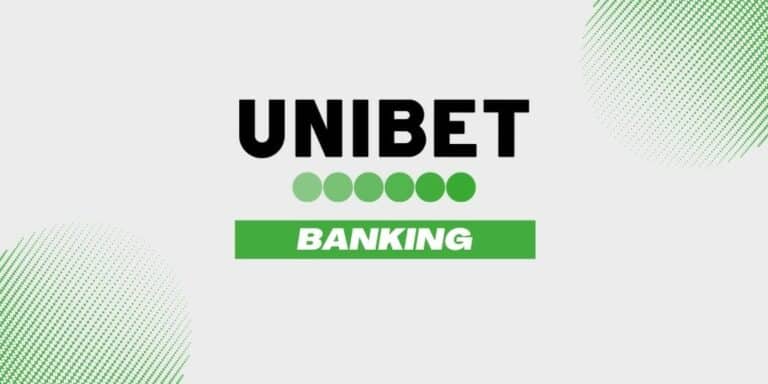Companies featured on this page may be our partners who compensate us if you sign up for one through our links. This doesn't affect our ratings or opinions in any way. Must be 21+. Gambling Problem? Call 1-800-GAMBLER. See full disclosure.
An underdog is a team or player who is less likely to win a given contest. The odds set by the sportsbook determine which team or player is the underdog.
When betting underdogs, you profit more money than you risk. For example, if you bet $100 on an underdog with +200 odds, you would profit $200 with a total payout of $300.
The rest of this guide goes over how to recognize an underdog in the various odds formats. If you don’t already, you should first understand how to read betting odds before reading further.
How to Recognize the Underdog in American Odds Formats
With American odds, the underdog has a (+) symbol next to their odds in the Moneyline column. This shows that, if you bet the underdog to win the contest outright, you will win more money than you wagered.
The number next to the (+) sign indicates how long of odds the underdog faces. In the NCAA Tournament, for example, a 16-seed facing a 1-seed may see odds well exceeding +1000. Therefore, if you placed $100 on the 16 seed to win and the bet succeeded, you would profit $1,000 (and have a total payout of $1,100 when factoring your wager).
You can also tell the underdog based on the point spread. The team that has a (+) next to its spread is also the underdog. For example, if the Eagles are playing the Cowboys, and the Eagles are +3.5 points, that means they are the underdog because they are getting 3.5 points added to their final score.
How to Recognize the Underdog in Decimal Odds Formats
In Decimal odds formats, you will see a number (like 1.8, 2.5, 3.3, etc.) next to each competitor. That number is the multiple of your wager that your payout will be if you win (including the amount wagered plus the profit).
For example, if you bet $100 on an event with 2.5 odds, your payout will be $250 ($150 profit + $100 wagered).
Another way to look at it is that it’s the amount you would receive back if you bet $1 on a game, again, including both the wagered amount plus the profits.
Any competitor with Decimal odds over 2.0 in a two-team or two-player field is the underdog. The higher the number climbs, the greater an underdog that competitor is.
Decimal odds of 2.1 are equivalent to American odds of +110, which means that you would profit $110 on a wager of $100 (with a total return of $210 when including the amount wagered).
How to Recognize the Underdog in Fractional Odds Formats
In 2-team or 2-player contests, the team with Fractional odds over 1 (2/1, 5/1, 10/1 etc.) is the underdog.
In a contest with 3 or more players, the competitor with the highest fraction next to it will be the underdog. For example, if there are 3 players and one has 2/1, one has 4/1, and one has 6/1 odds, the player with 6/1 odds is the biggest underdog.
Fractional odds often apply in multi-competitor competitions like horse races. Therefore, even betting the favorite may net a bettor a return greater than their wager (for example, the top horse may have 3/1 odds), which means the bettor would profit $300 on a $100 bet.







